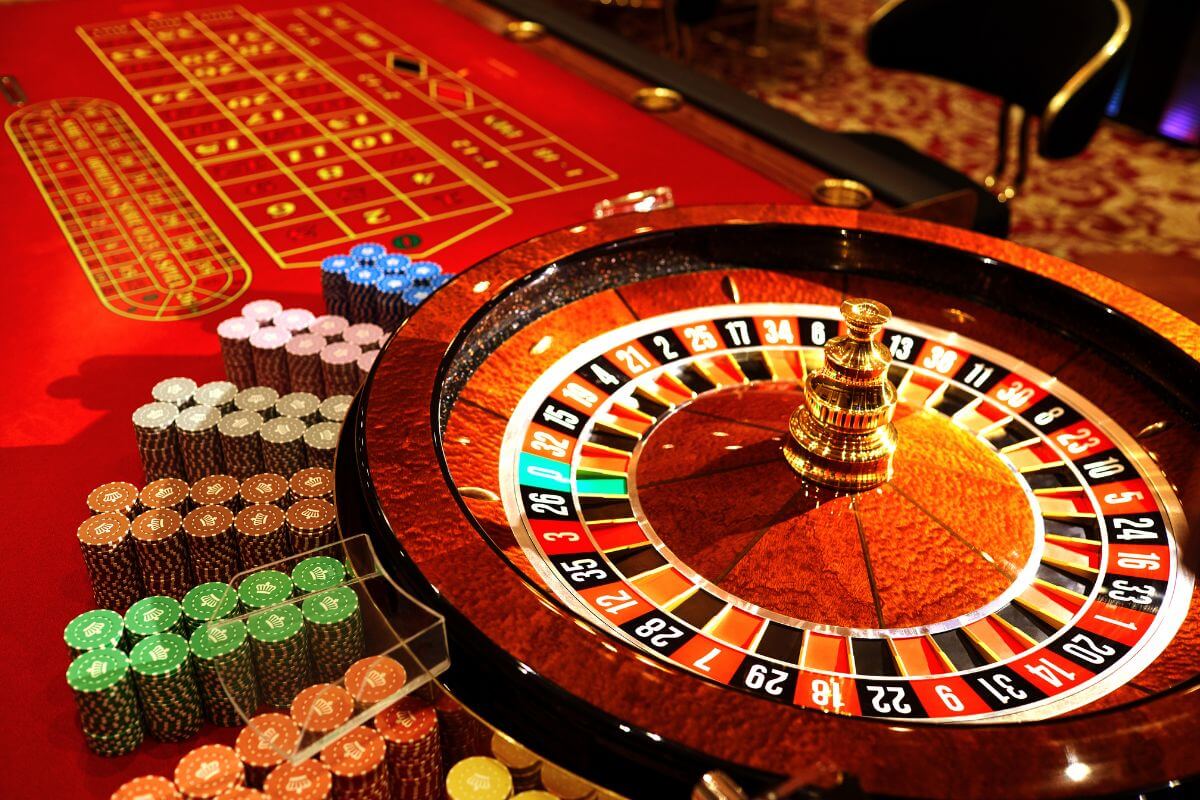
Within a dynamic and thrilling world of casinos, wherein fortune and tactics intertwine, hues and aesthetic play a critical role in drawing in gamblers. As soon as players step inside a casino or log into a gaming website, they are enveloped in a sightly feast that grabs their attention and lures them to discover more. Bright colors, engaging graphics, and innovative layouts are carefully crafted to create an atmosphere of excitement and expectation, ultimately enhancing the gaming experience.
While gamblers navigate through the dynamic landscape of casino games, they come across a range of designs that not only serve visual purposes but also influence feelings and decision-making. Hues like red and gold symbolize riches and luck, while calm navy and greens can create a more tranquil environment. Grasping how these elements function together enables casinos to create an welcoming and stimulating atmosphere that encourages players to interact with the games, spend more time at the tables, and boost their general enjoyment.
The Science of Tint in Casino Games
Hue plays a key role in the design of gaming experiences, influencing players’ feelings and responses. Bright and bold hues, such as red and gold, are often used to ignite enthusiasm and attract notice. These shades create a sense urgency and vitality, encouraging gamblers to involve themselves more enthusiastically with the activity. By strategically selecting hues, creators aim to evoke emotions of satisfaction and expectation, which can enhance the complete game experience.
Different hues also have psychological associations that can impact how participants perceive their chances of victory. For example, emerald is frequently associated with good fortune and abundance, making it a well-liked choice in games like roulette and poker setups. This link can lead gamblers to feel more hopeful and self-assured in their gameplay, ultimately motivating them to bet more. casino ohne OASIS Understanding these connections allows game designers to craft environments that enhance player enjoyment and retention.
In addition, the layout of casino game interfaces often uses color gradients and opposing hues to direct players’ actions. For case, successful results may be accentuated with bright, contrasting colors, creating a visual reward. This method reinforces successful results and encourages repeated gameplay. By leveraging color psychology, gaming venues can create games that not only captivate participants but also hold them involved and invested in their gaming experience.
Design Features that Attract Players
The visual appeal of gambling games is primarily influenced by the implementation of bold colors. Lively and contrasting colors are strategically chosen to create an inviting atmosphere that grabs interest. For instance, reds and golden hues often signify luck and wealth, which is why they are prevalent in the palettes of gaming machines and table surfaces. These colors not only attract players in, but they also stir emotions associated with excitement and expectation, enhancing the overall gaming experience.
In parallel to color, the design and layout of casino games play a significant role in captivating players. Games are designed to be user-friendly, ensuring that players can easily understand the guidelines and gameplay. User-friendly interfaces, along with engaging graphics and animations, help maintain player interest and encourage longer play sessions. The tactile elements, such as the texture of the buttons and the sounds of the games, also add to a holistic sensory experience that keeps players immersed.
In conclusion, conceptual elements in game design can significantly influence player choice. Many casino games are inspired by media, fairy tales, or adventure themes, featuring symbols and characters that connect with players. These themes create a sense of immersion and relatability, making each game feel distinct. When players feel a bond to the concept, they are more likely to opt for that game over others, leading to higher participation and enthusiasm within the gambling environment.
Case Studies: Effective Gambling Game Designs
One noteworthy example of impressive casino game design is the acclaimed slot machine series based around blockbuster movies. Games such as those based on the The Wizard of Oz and Game of Thrones utilize dynamic colors and high-quality graphics to engage players in recognizable narratives. The use of lively visuals and captivating sound effects grabs the interest of players, establishing an psychological connection to the theme. This tactic not just fosters longer play but also boosts the overall gaming experience, resulting in increased player retention.
Another successful case is the use of color in table games like 21 and roulette. Casinos often design these games with rich reds and greens, colors traditionally connected with luck and wealth. For instance, the emerald felt on a 21 table provides a relaxing effect, while the crimson accents in roulette invite anticipation. This intentional use of color helps to establish an inviting atmosphere that encourages players to join in, fulfilling their psychological impulses and increasing their enjoyment.
Finally, social casino games that incorporate community features and lively, dynamic designs have experienced remarkable success in engaging players. Games like Zynga Poker and Slot-O-Mania leverage striking colors and playful animations to establish an inviting online environment. The integration of leaderboards, social sharing options, and in-game rewards promotes competition and community, drawing players in for longer sessions. Such designs merely make the games visually attractive but also emphasize community engagement, a key factor in player retention and engagement within digital casino environments.

